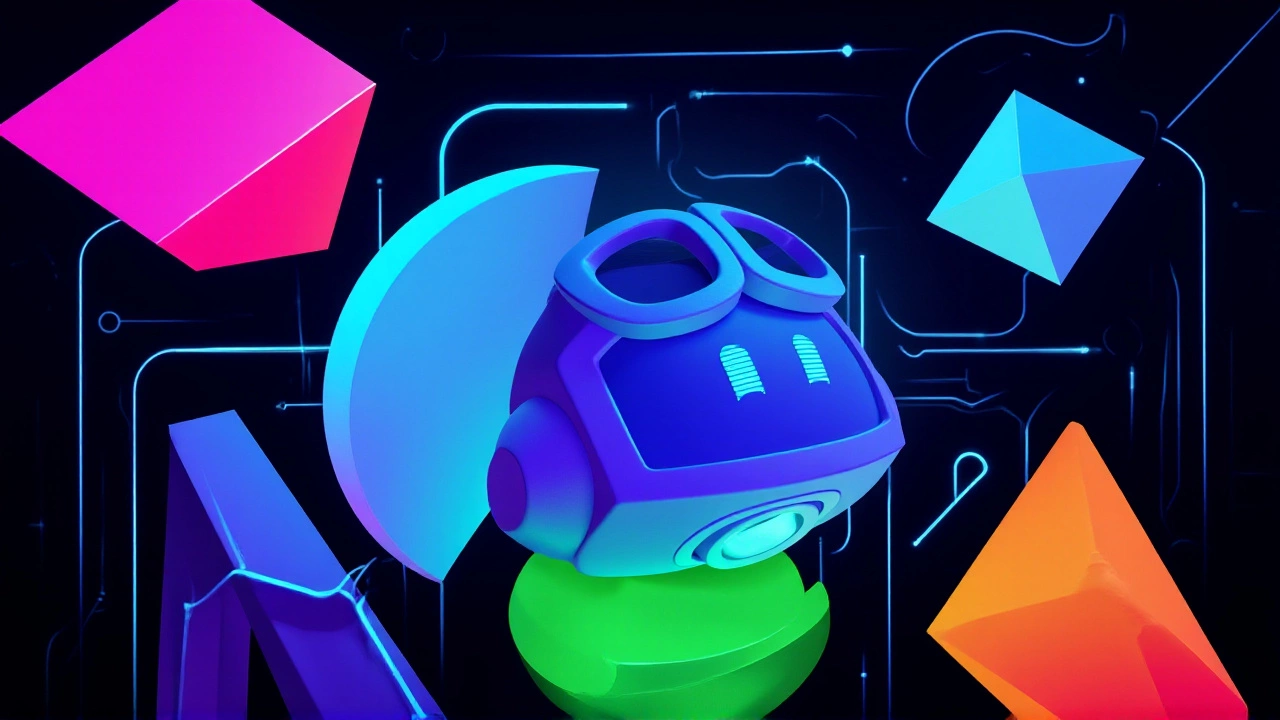Technology and Engineering in Motorsports
When you hear the roar of an engine, you might picture speed and power, but there’s a whole tech world behind that sound. From the software that crunches data in a split second to the carbon‑fiber chassis that keeps a car light yet strong, technology and engineering drive every race. If you love machines and want to be part of the action, this page gives you a clear view of what’s happening and how you can join the fun.
Why Tech Matters on the Track
Every lap is a data lesson. Sensors collect temperature, pressure, and tyre wear in real time. Engineers use that information to tweak settings while the car is still moving. A tiny change in fuel flow can shave off milliseconds, and those milliseconds decide who wins. That’s why computer engineers are in high demand – they build the software that reads the data, runs simulations, and even predicts problems before they happen.
Take Formula 1 as an example. A computer engineer might design a dashboard that shows the driver’s speed, brake pressure, and engine temperature all at once. They also write code for simulators that let teams test new parts without ever building a physical prototype. The result? Faster development cycles and more reliable cars.
Pathways into Engineering Roles
If you’re wondering how to turn a love for racing into a job, start with the basics. A degree in mechanical, electrical, or computer engineering gives you the foundation. Courses in data analysis, programming (Python or C++ are common), and fluid dynamics are especially useful for motorsports.
Internships are the fastest way to get hands‑on experience. Look for placements with racing teams, automotive manufacturers, or tech firms that supply race‑ready hardware. Even a short stint in a pit lane can teach you how quickly decisions need to be made under pressure.
Beyond formal education, build your own projects. Create a simple telemetry system with an Arduino board, or develop a basic race‑car simulator on your laptop. Sharing these projects on forums or social media shows potential employers that you can apply theory to real‑world problems.
Networking matters too. Join clubs, attend motorsport events, and talk to engineers at local races. The Ystrad Mynach Motorsports Club often hosts talks where professionals explain what they do day‑to‑day. Listening to their stories can spark ideas you hadn’t considered.
Finally, keep learning. Technology evolves fast – new battery tech, AI‑driven strategy tools, and advanced materials keep the field fresh. Subscribe to industry newsletters, watch webinars, and read case studies about recent race wins. The more you know, the more valuable you become to a team.
Whether you aim to design a car’s aerodynamics, write code for a pit‑stop robot, or analyze race data, technology and engineering are the keys that unlock those doors. Stay curious, get your hands dirty, and you’ll find a place in the fast‑moving world of motorsports.



